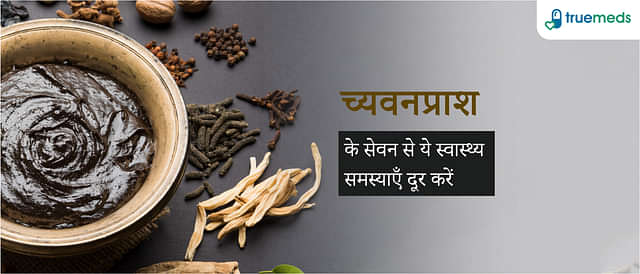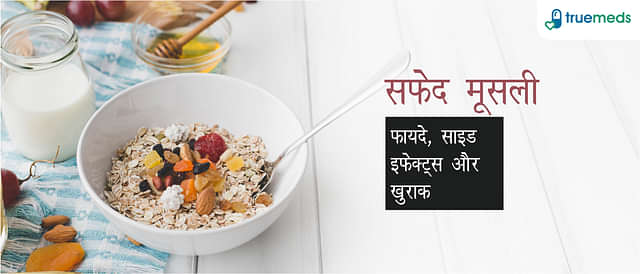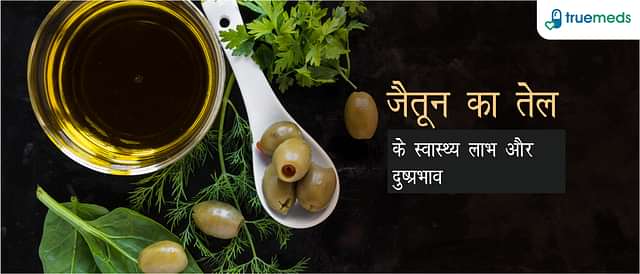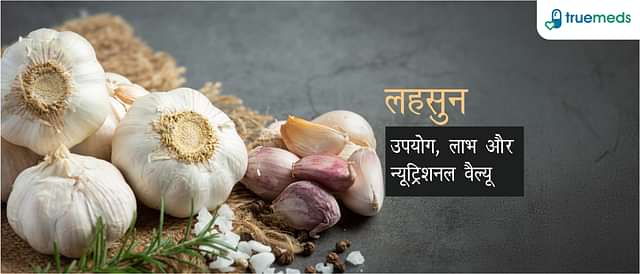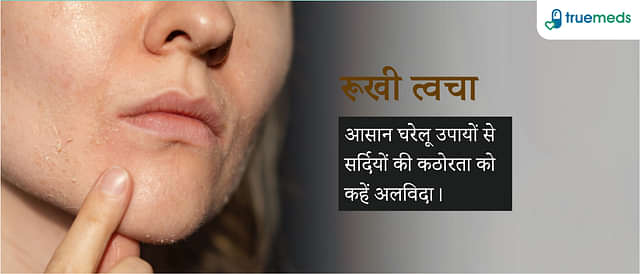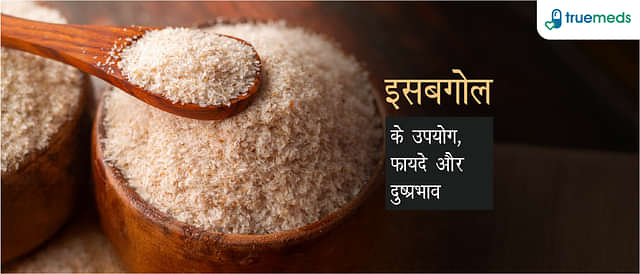Benefits of the Ayurveda diet and its downside
Last updated on : 04 Mar, 2024
Read time : 7 min
Are you aware of the ayurvedic diet?
An Ayurvedic phrase says “When nutrition is bad, medicine is useless; when the diet is good, treatment is unnecessary.”
For people who aren’t aware, Ayurveda is a 5,000-year-old method that has been practised for thousands of years. The Sanskrit words “Ayur” “Veda,” and “Ayurveda” refer to the science of life (Veda). Ayurveda, or “the science of life,” is the most accurate translation of its name.
Ayurveda is an ancient Hindu system of diet and treatment, the benefits of the Ayurveda diet are alleviated alongside Yoga. Ayurvedic diets are being practised for more than a thousand years. Based on Ayurvedic ideas, it aims to improve your health by balancing your body’s many energy systems.
The Ayurvedic diet, in contrast to many others, gives you tailored advice on what foods to eat and what foods to avoid based on your body type. It’s also much-liked because it is considered as being good for your mind as well as your body.
The overall nature of Ayurveda is embodied by the belief that each individual has a unique blend of mental, emotional, and physical traits that are supposed to exist in balance. The mind, body, and spirit must all work together for the three doshas to work as a whole.
Identifying your dosha is the first step in beginning an Ayurvedic diet that is right for you. A dosha is one of the body’s three basic components and energies. They are referred to as:
Vata, Pitta and Kapha mean air, fire, and water respectively.
How does it work and do we get the benefits of the Ayurveda diet?
Eating mindfully and eating foods that are appropriate for your dosha, or constitutional type, is an important part of an Ayurvedic diet. You can identify what foods to eat based on your dosha’s energy level to improve your general well-being.
The benefits of the Ayurveda diet depend on when, how, and what to eat based on your dosha, or kind of body.
To help you decide which dosha is ideal for you, here are a few key characteristics:
- Pitta- Using fire and water, Pitta creates a fiery flavour. Dedicated, intelligent, and decisive. In general, this dosha has a medium build, a short temper, and may suffer from illnesses like indigestion or heart disease.
-Pears, in particular, are a great way to swiftly cool down a Pitta. Examples of Pitta-calming included in Ayurvedic food are milk, sweet rice pudding, coconut, and coconut juice, as well as ripe mango and almond or date milkshakes.
- Vata- “Air and space.” Vivacious, energising, and full of life. When out of balance, people with this dosha may experience digestive difficulties, exhaustion, or anxiety.
-The Hot, “soft,” and tender Ayurvedic foods are included in this category (e.g., berries, bananas, peaches, cooked vegetables, oats, brown rice, lean meat, eggs, and dairy)
- Kapha- Earth and water are combined in the Kapha. Loyal, dependable, and centred on one’s values. Kapha dosha people tend to have a sturdier frame and may struggle with weight gain, asthma, depression or diabetes.
-The Ayurvedic food that gives wholeness, spiciness, and acidity (e.g., most fruits and vegetables, whole grains, eggs, low-fat cheese, unprocessed meats, hot spices)
All of these foods in the right amount help to gain adequate Ayurvedic nutrition. Nevertheless, we must ensure that whatever we eat is easily digestible. As a result, the body holds on to everything that it can’t break down.
What is the best ayurvedic protein?
One of the best advantages of ayurvedic protein is that it has no side effects because this protein powder is made of pure herbs and having proteins included in the ayurvedic diet does not injure your health when you consume it. To gain adequate benefits from the Ayurveda diet, individual doshas must be taken into consideration while formulating an Ayurvedic diet chart (ayurvedic personalities). A high-protein diet is recommended for the Vata dosha (air element) because their digestion is weak, but the right spices assist them to process it.
Several aspects of the Ayurvedic diet are similar to other diets that integrate lifestyle elements and a holistic approach to health and well-being. Whole foods are favoured over processed ones in these diets, and there is little emphasis on keeping track of how many calories you consume.
The things you should eat to maintain inner harmony are determined by your dosha, following the ayurvedic diet. The pitta dosha-like food is refreshing, energising, and free of spices, nuts, and seeds. However, the Vata dosha prefers foods that are warm, moist and grounded, while avoiding dried fruits, bitter herbs and raw vegetables. To sum up, the Kapha dosha restricts heavy meals like nuts and seeds in favour of fruits and vegetables and legumes.
It is very important to learn about your dominant dosha before beginning an Ayurvedic diet. Foods that help to balance the dosha and make the diet more effective are recommended by an expert.
Although each of us possesses all three doshas, according to Ayurveda, the predominant dosha will dictate what you consume. Ayurvedic eating guidelines for mindful eating, regardless of dosha, include the Consumption of six distinct flavours. It’s important to have a variety of tastes and textures of ayurvedic food in your diet at every meal.
- Start your meal with something sweet-tasting (like fruit).
- Continue your meal with sour and salty items (citrus fruit, for example).
- Finish with foods that are astringent (like green apples or tea), pungent (like onions or peppers), and bitter (celery, kale, or green leafy vegetables).
- Consume your food in a focused and aware manner. To get the most out of your dinner and reap the benefits of the Ayurveda diet, keep conversation and laughter to a minimum.
- Eat gently so that you can fully appreciate the flavours of the food you’re eating.
- Make sure you eat quickly enough to avoid the meal becoming cold.
- Maintain a healthy weight by eating the right amount of food. To avoid overeating, pay attention to your body’s cues of hunger and fullness.
- Consume just after your last meal has been assimilated. While it’s recommended that you don’t eat within three hours of your previous meal or snack, you should also avoid going more than six hours without meals, according to the recommendations.
- Pay attention to what you eat at breakfast and lunch. Many Ayurvedic doctors advise their patients to eat a little breakfast and a larger lunch to maintain a healthy and balanced diet. Whether or not you eat dinner depends on how hungry you are.
Cons of Ayurvedic diet.
Just like every other good thing, the ayurvedic diet also has its downside. Easy lads might struggle to cope with the ayurvedic diet. Sometimes, it can be confusing and sometimes it can be challenging. To gain the benefits of the Ayurveda diet, it must be followed properly, Ayurvedic nutrition, and Ayurvedic protein must be quantity specific. And along with this diet comes other life balance-maintaining challenges. Another downside of the Ayurvedic diet could be seen because it has to be dosha specific and to gain the benefits of the Ayurveda diet one must be aware of the doshas.
Dosha-specific food avoidance guidelines are part of the Ayurvedic approach to health and well-being. However, like with any strict diet, there are both advantages and disadvantages. The pros and drawbacks of the Ayurvedic diet and lifestyle will help you decide if you should give it a try.
Based on Ayurvedic ideas, it aims to improve your health by balancing your body’s many energy systems. Therefore, you can try the ayurvedic product Baidyanath Lohasav to minimize the symptoms of anaemia which ultimately help to gain weight. So, these product is available on Truemeds. It is the most trusted and well-known online pharmacy and we deliver your choice of products to your doorstep across India.
Disclaimer
Our healthcare experts have carefully reviewed and compiled the information presented here to ensure accuracy and trustworthiness. It is important to note that this information serves as a general overview of the topic and is for informational purposes only. It is not intended to diagnose, prevent, or cure any health problem. This page does not establish a doctor-patient relationship, nor does it replace the advice or consultation of a registered medical practitioner. We recommend seeking guidance from your registered medical practitioner for any questions or concerns regarding your medical condition.
Popular Articles
Recommended Articles
Recent Articles
Top-Selling Medicines:
...View more
Top-Selling OTC:
...View more
Subscribe
Registered Office Address
Grievance Officer
Download Truemeds

Contact Us
Our customer representative team is available 7 days a week from 9 am - 9 pm.
v3.7.5
Our Payment Partners










